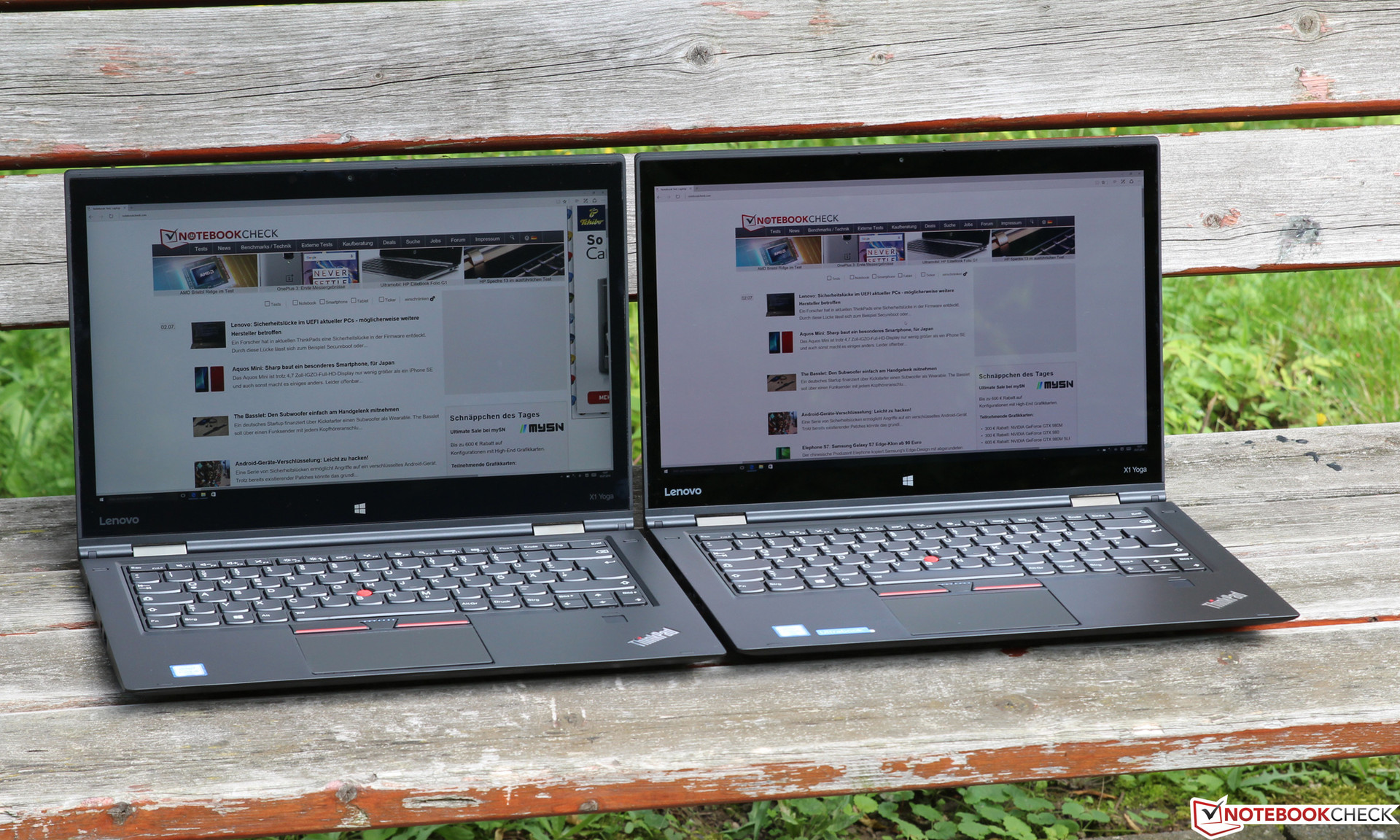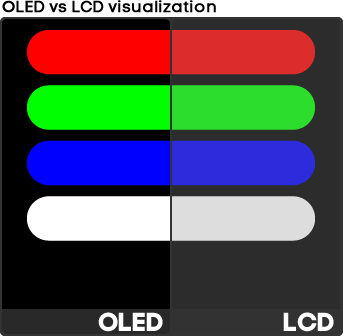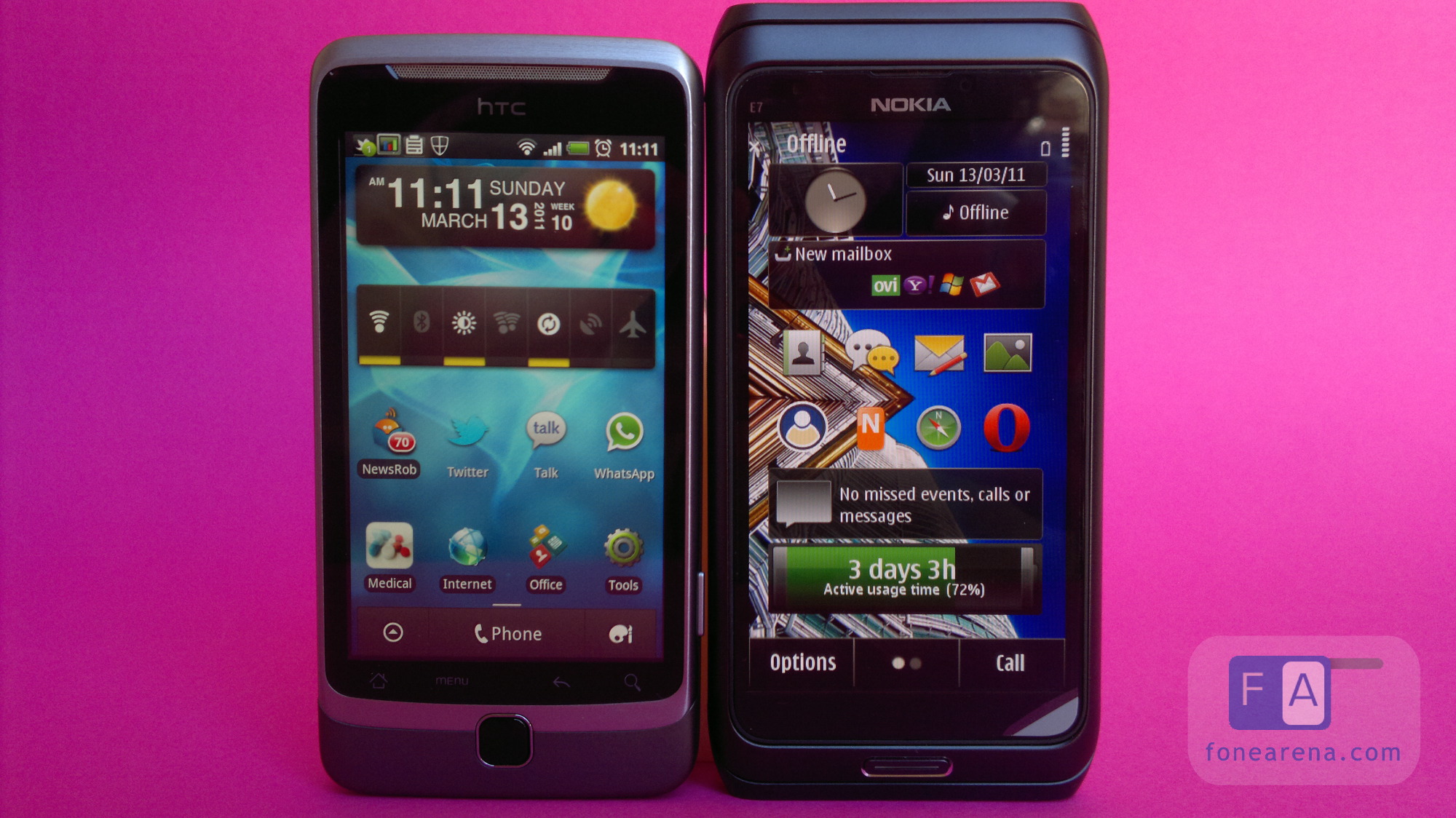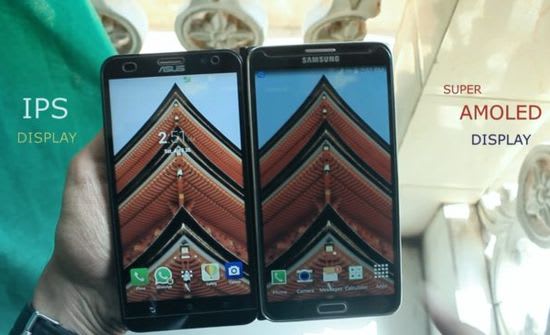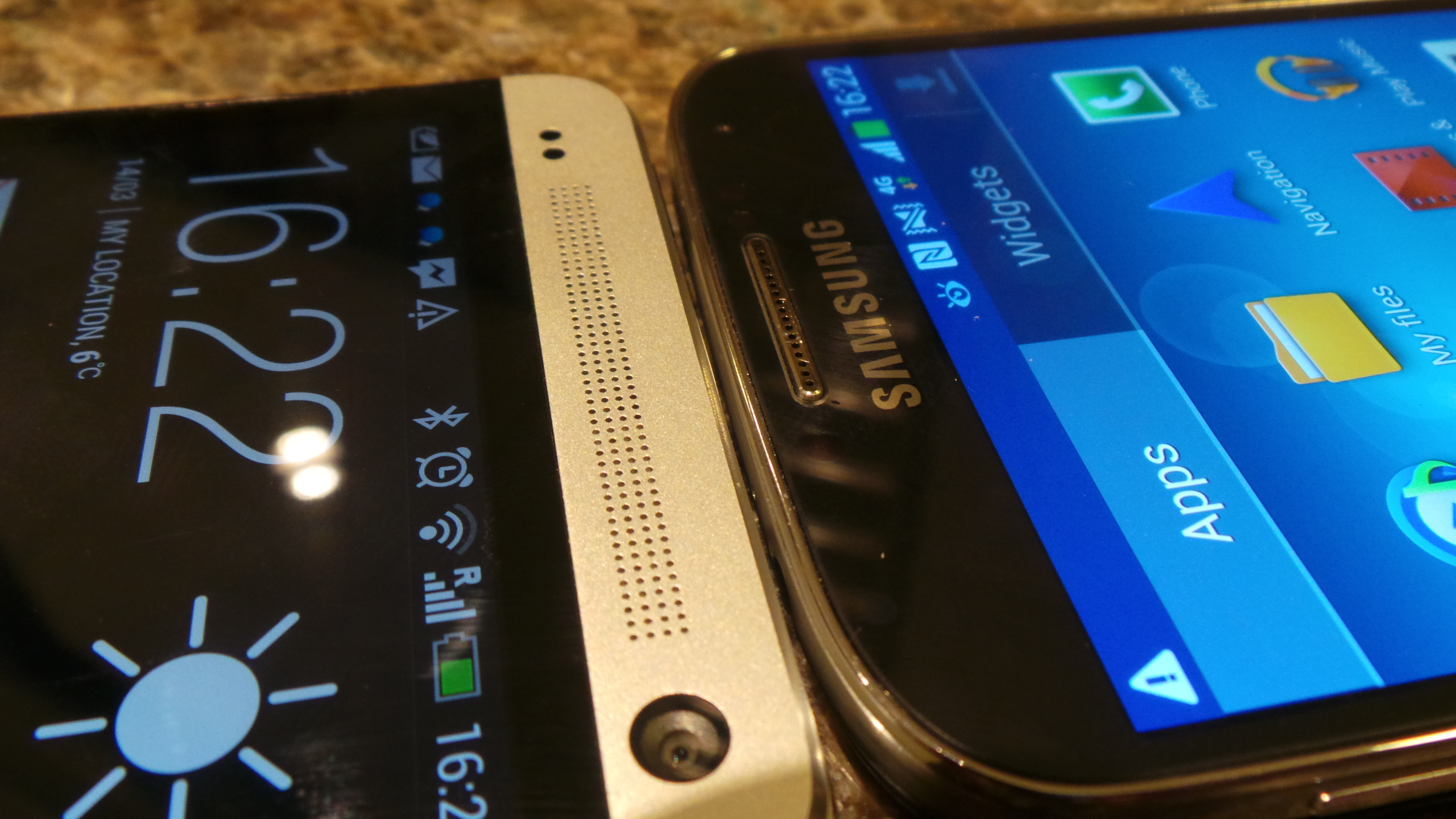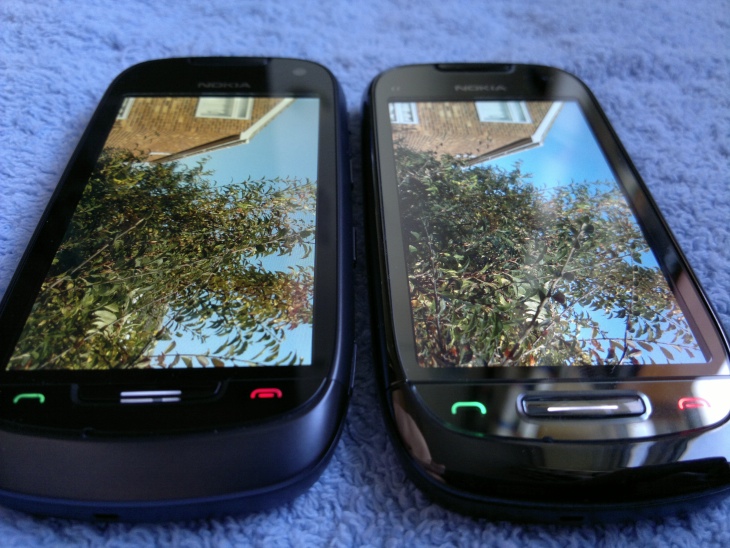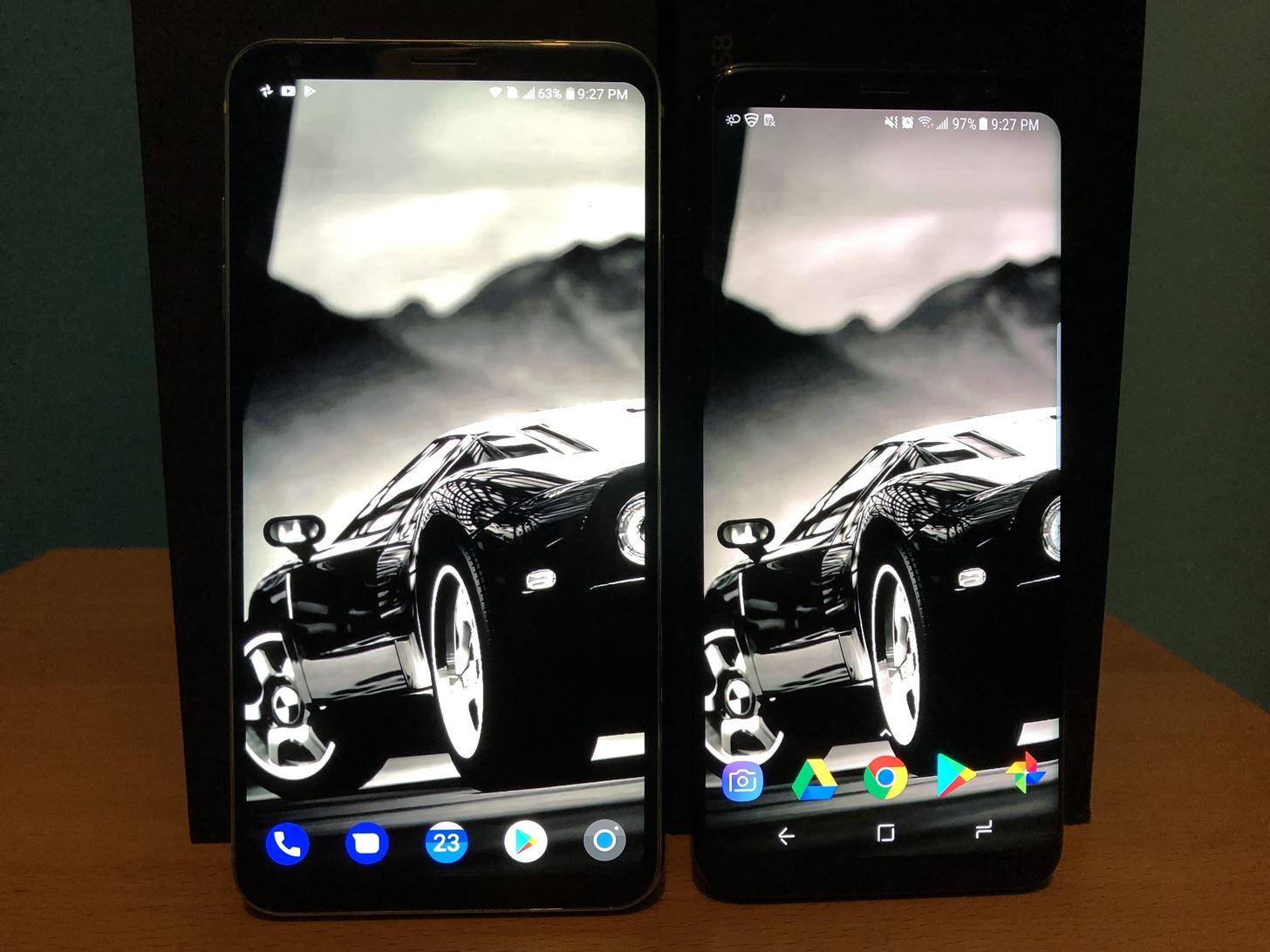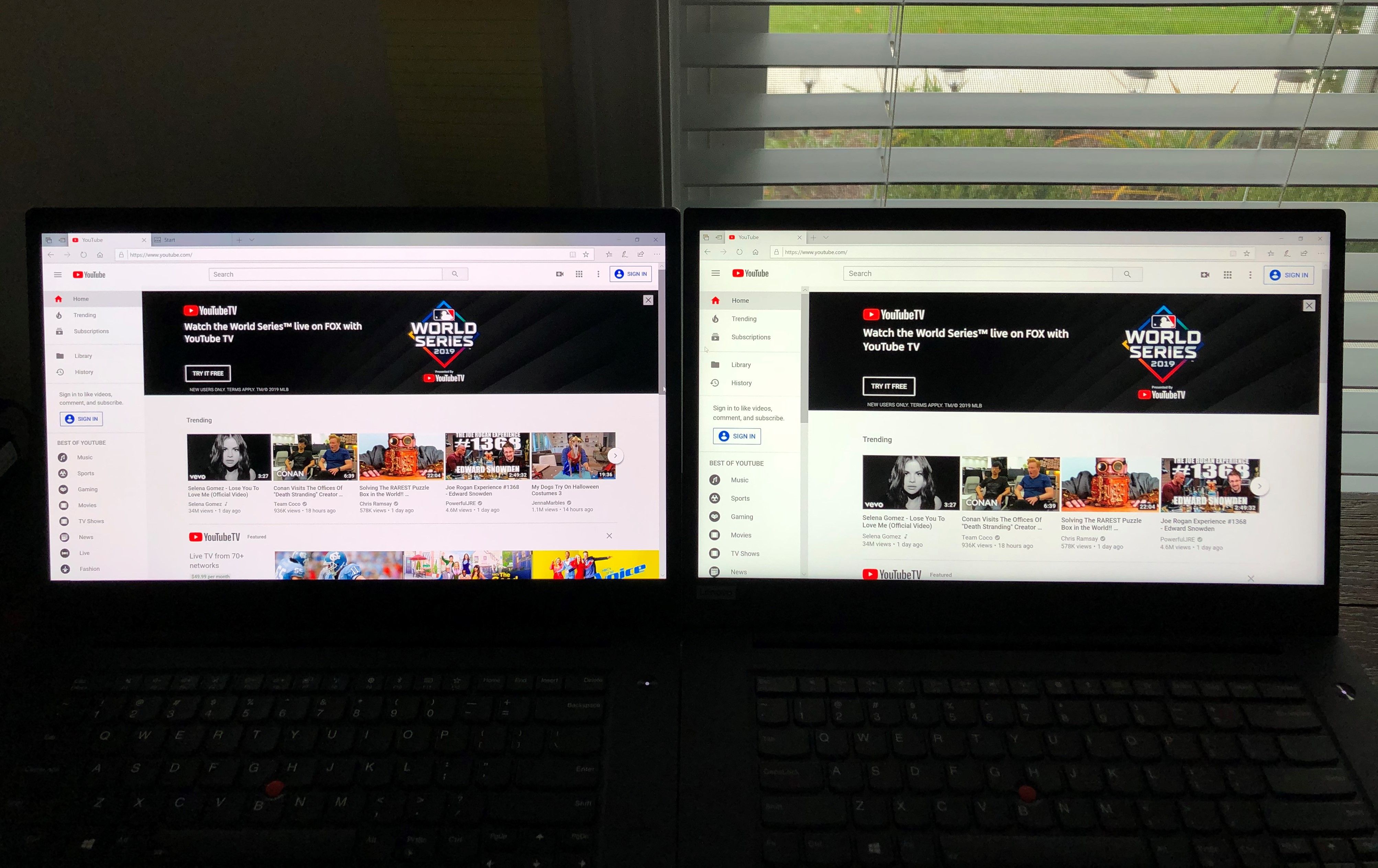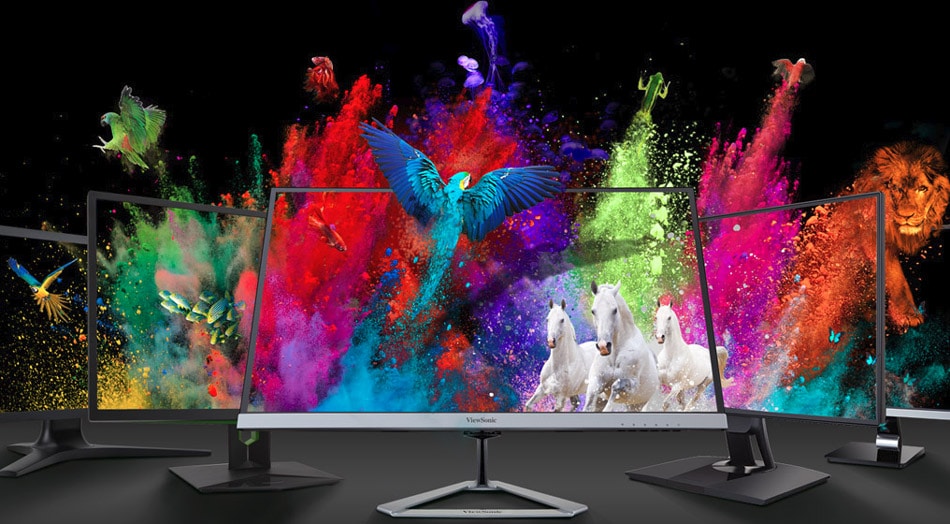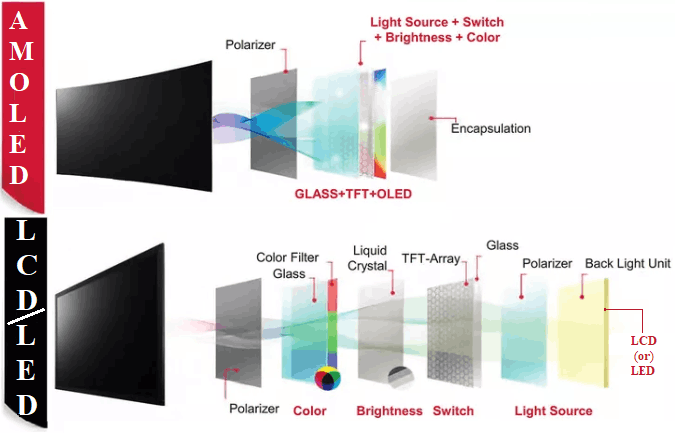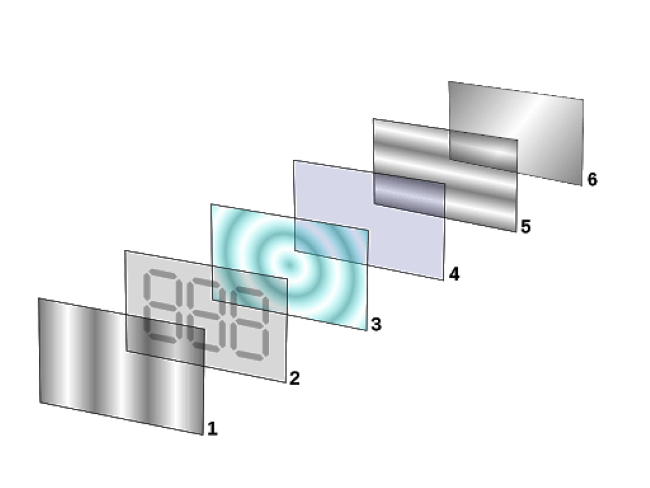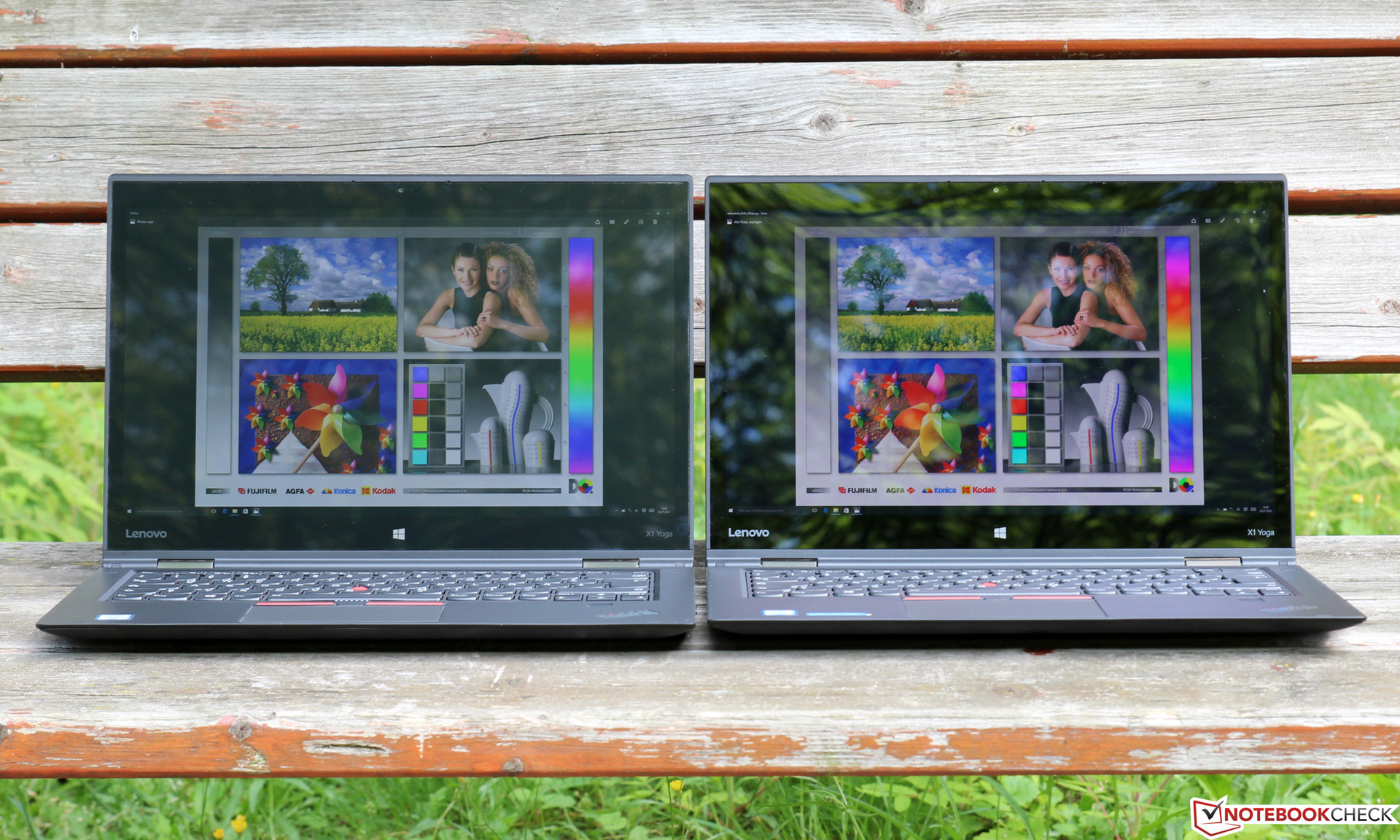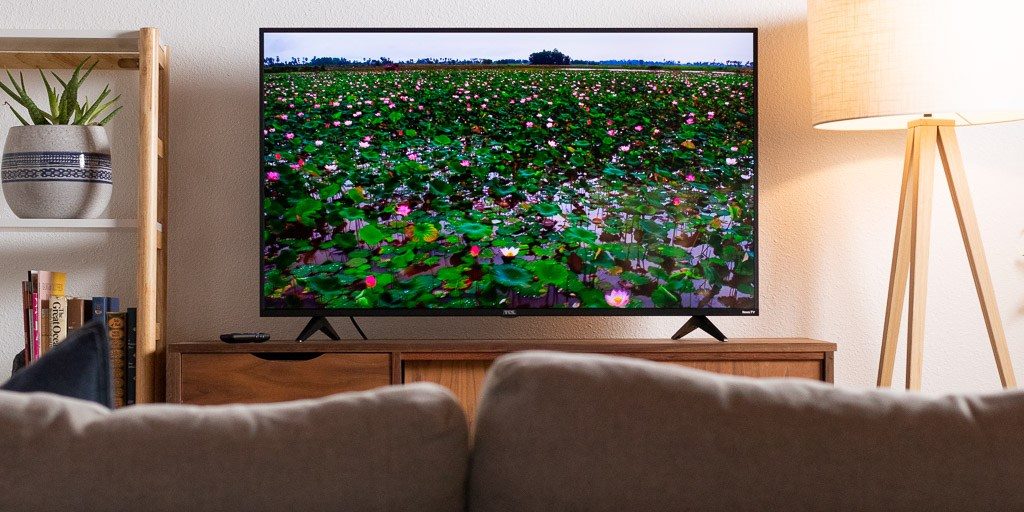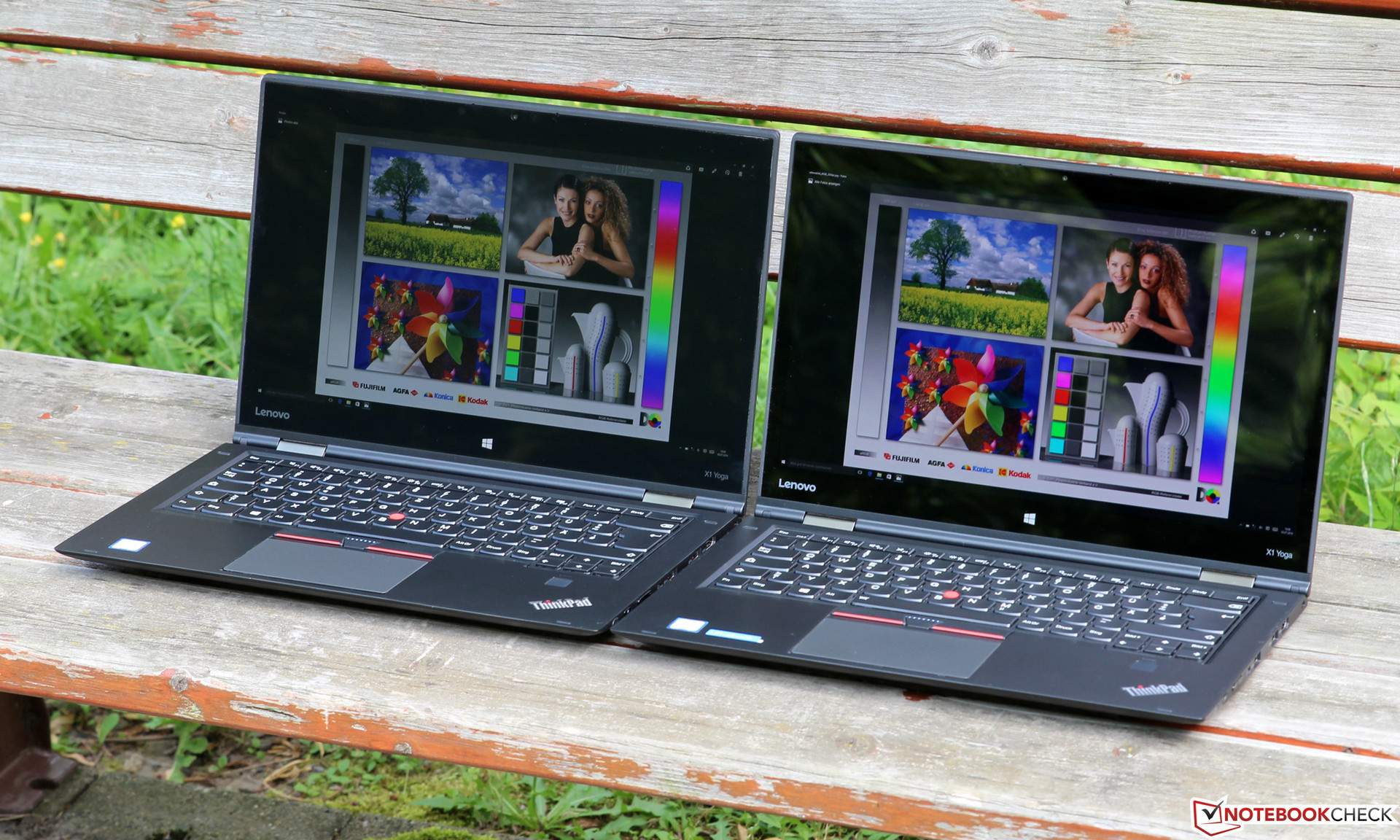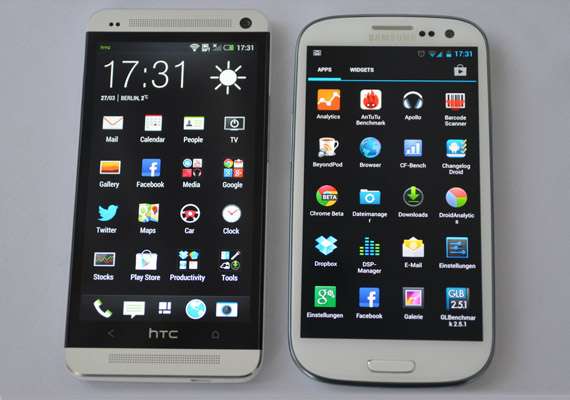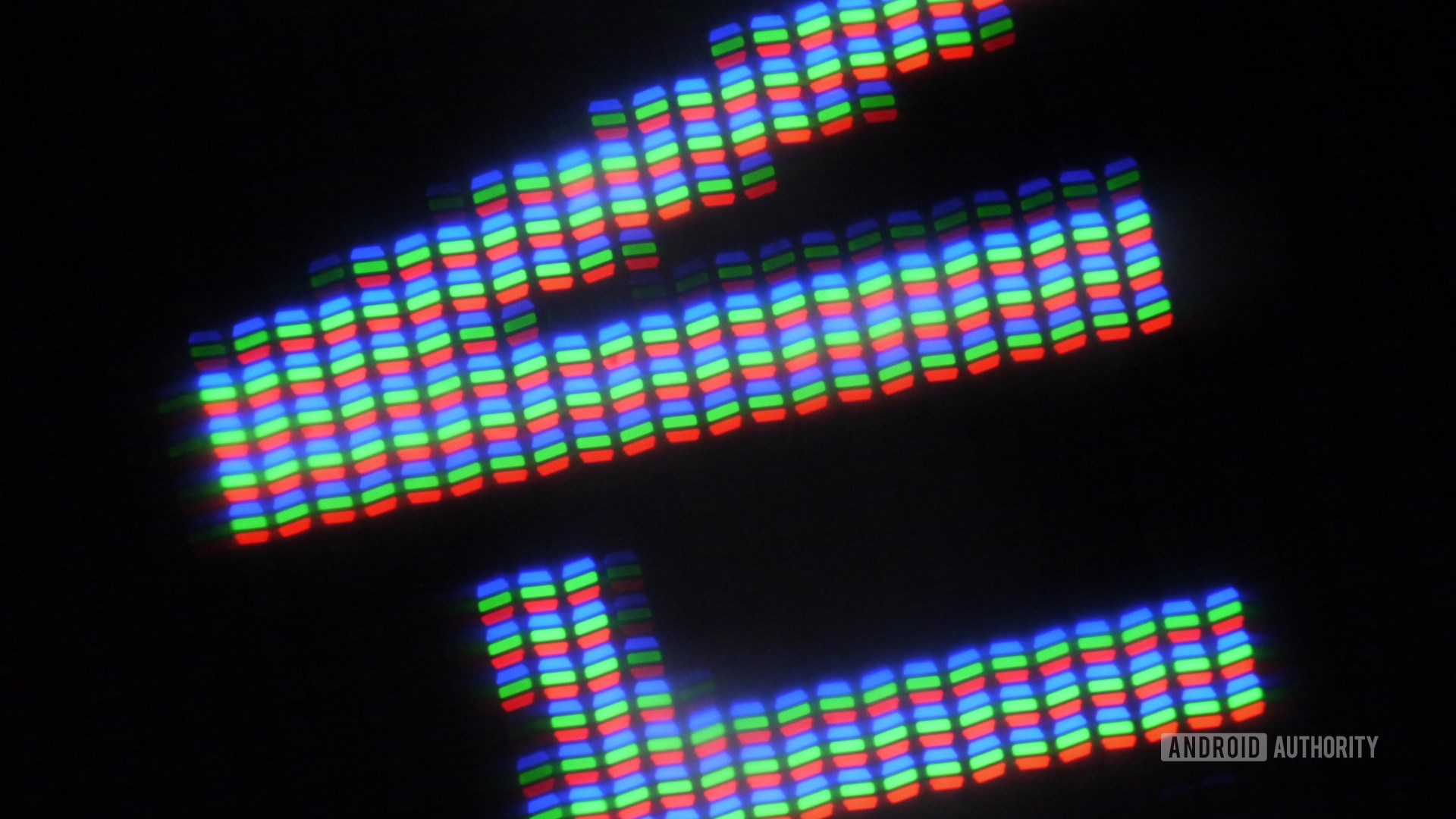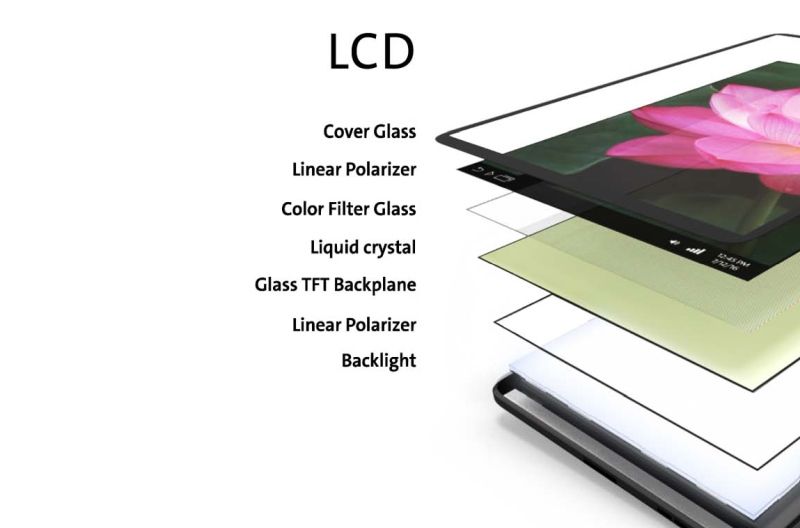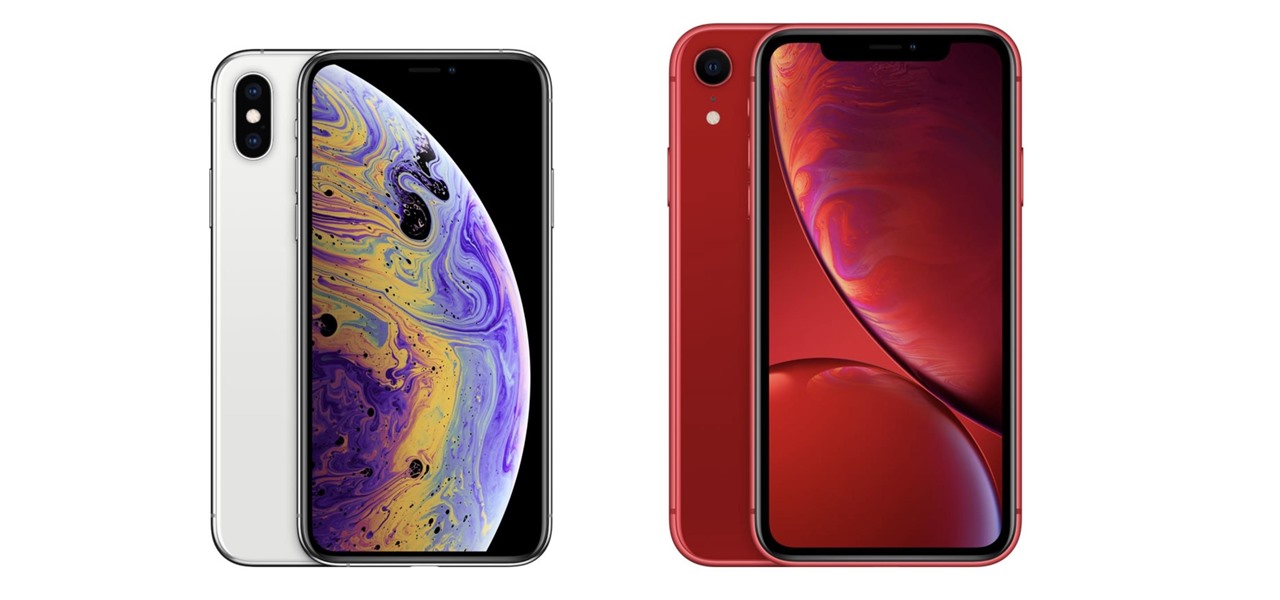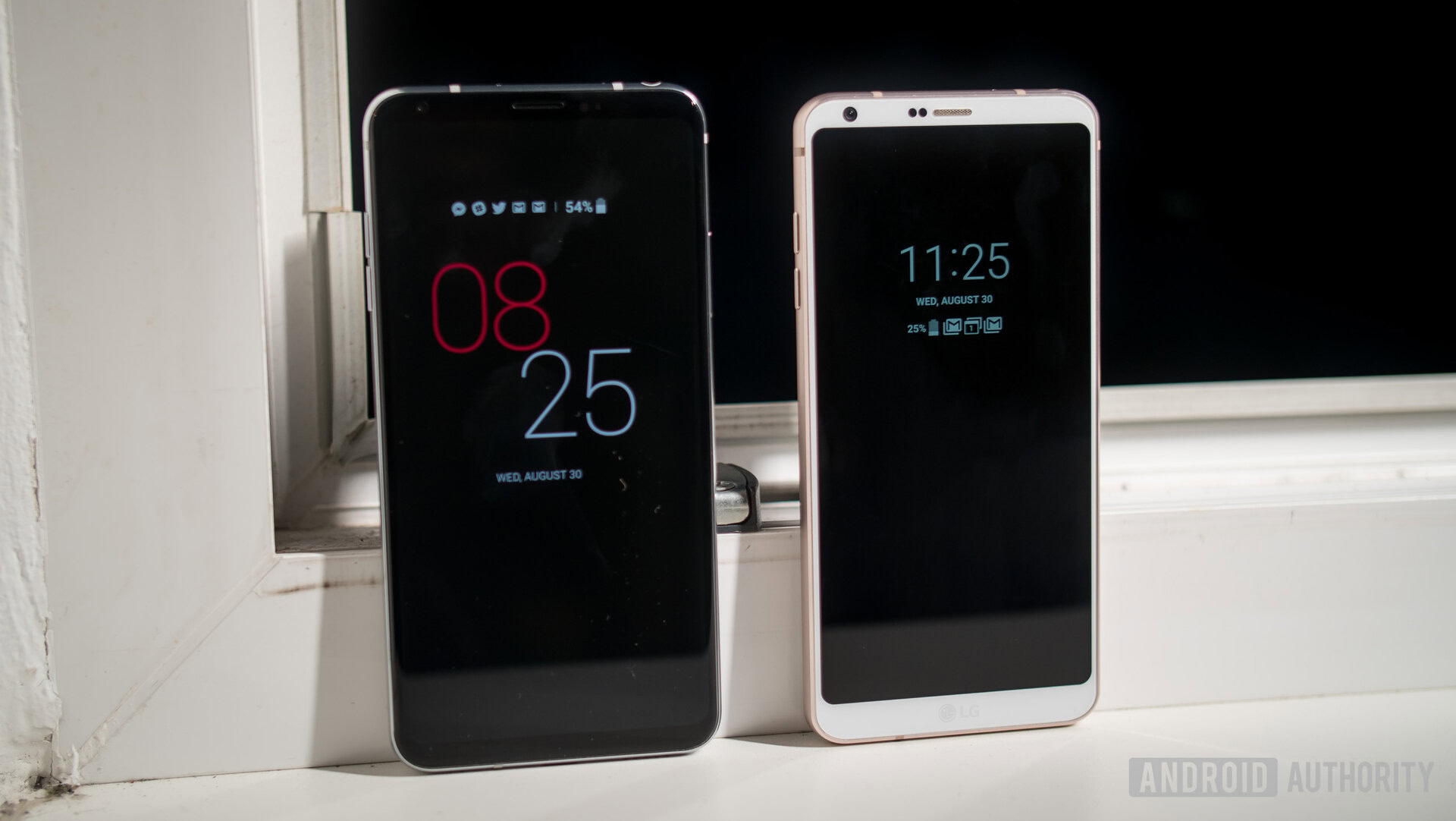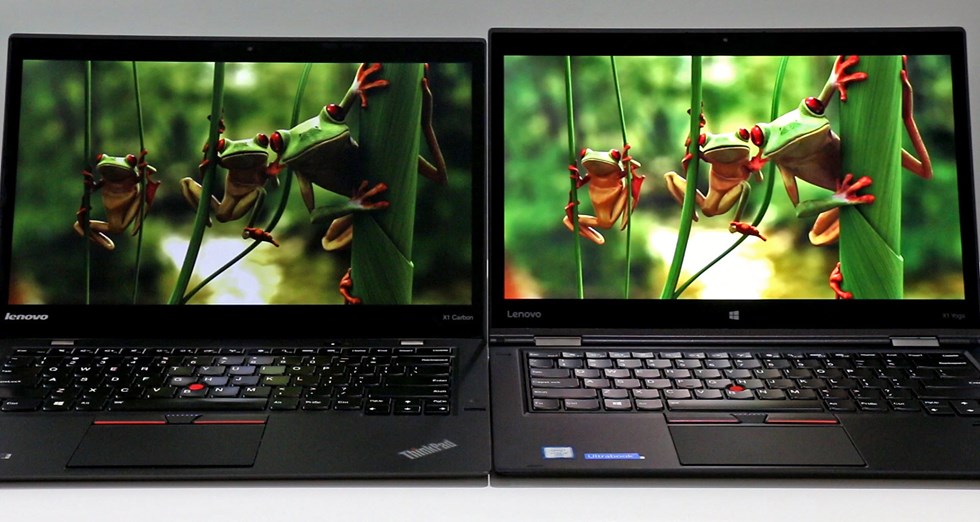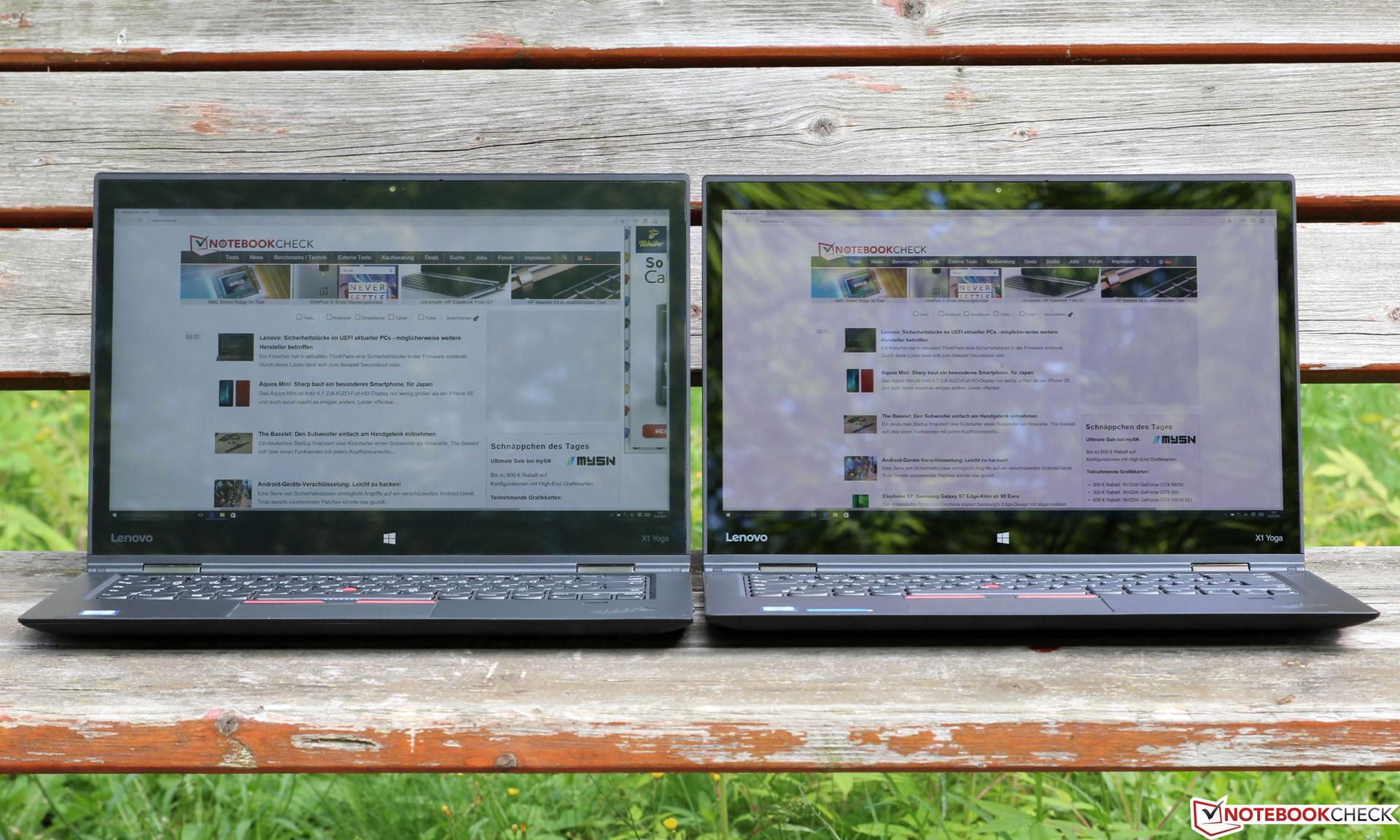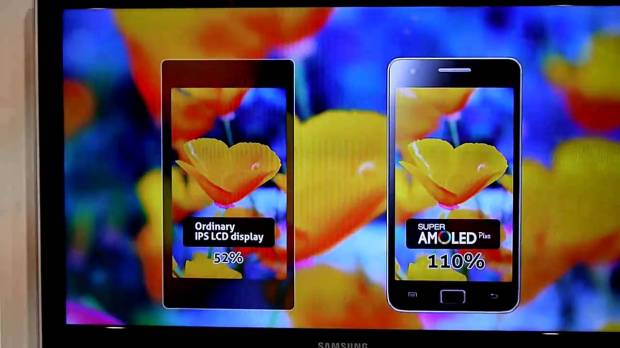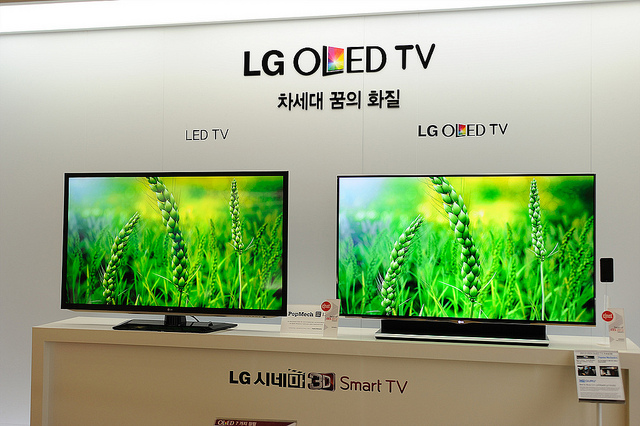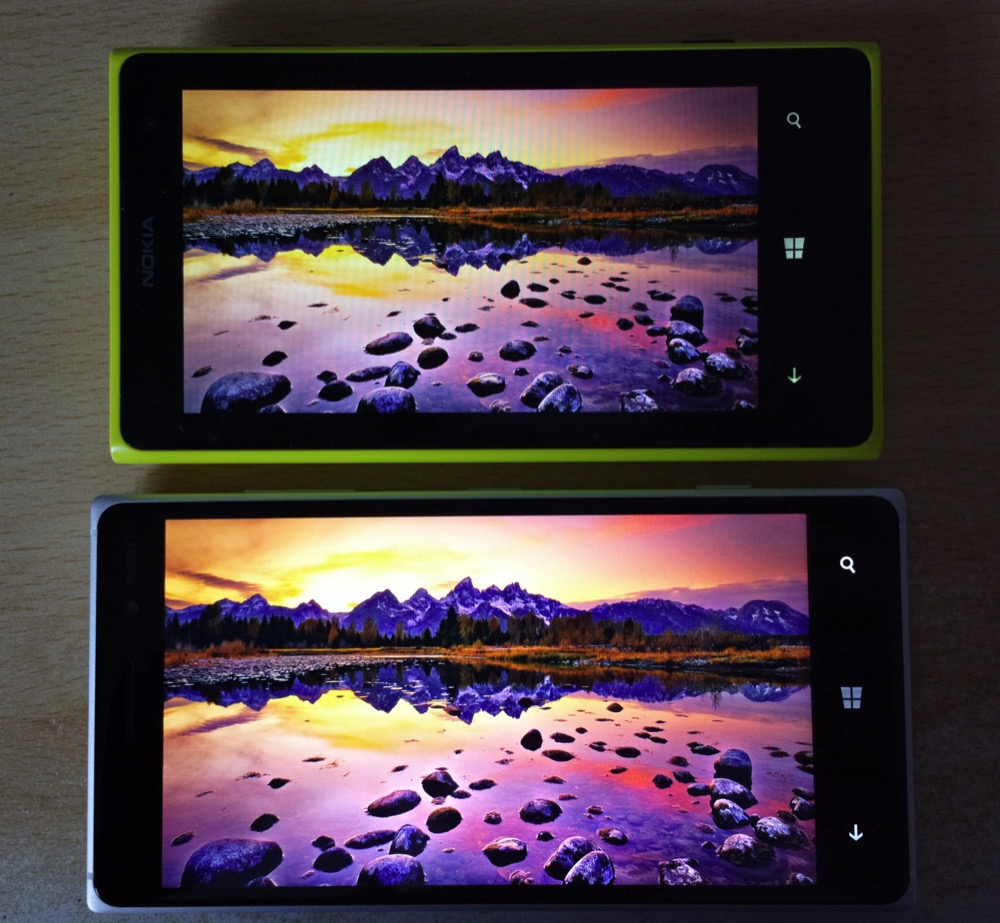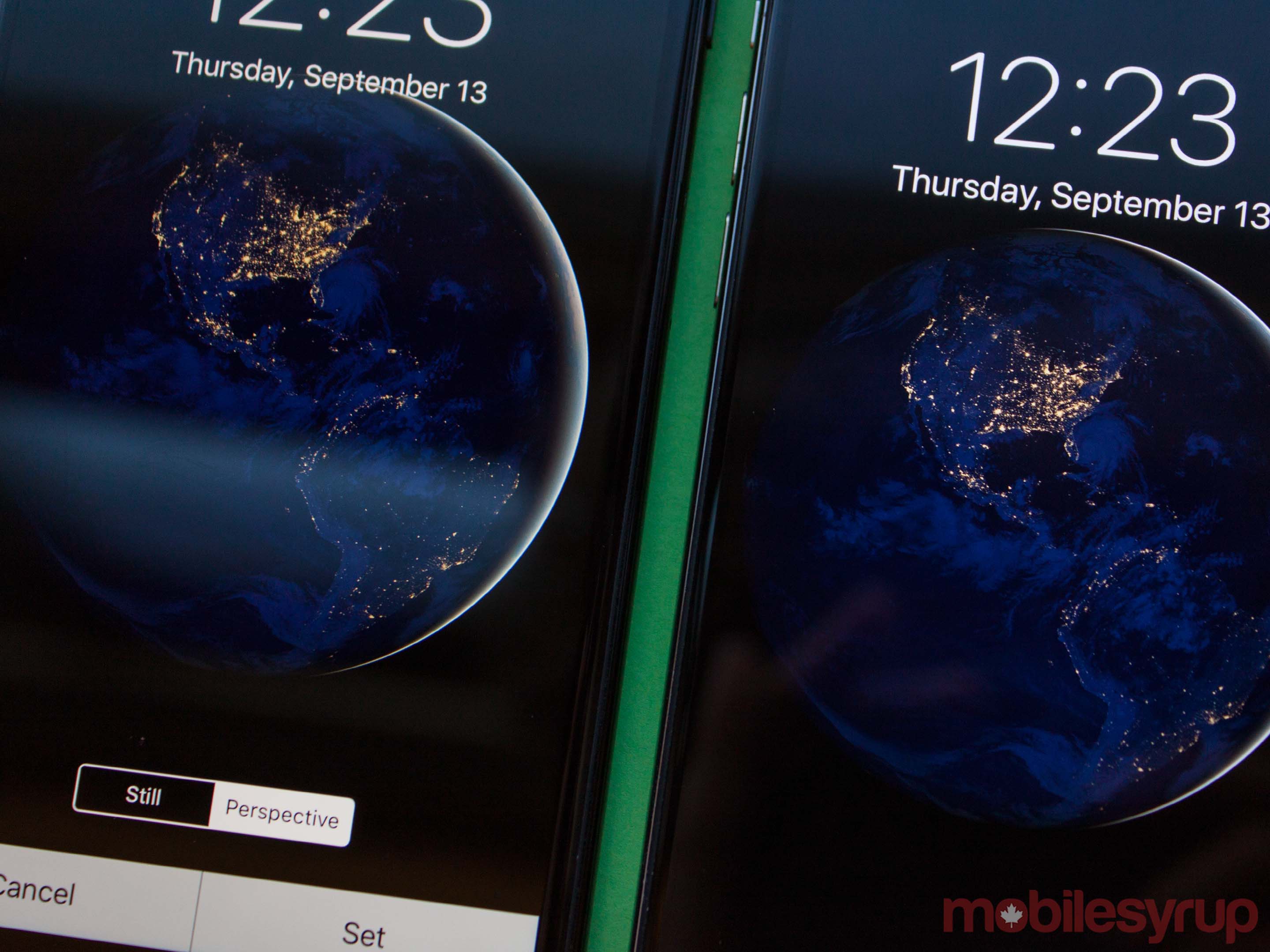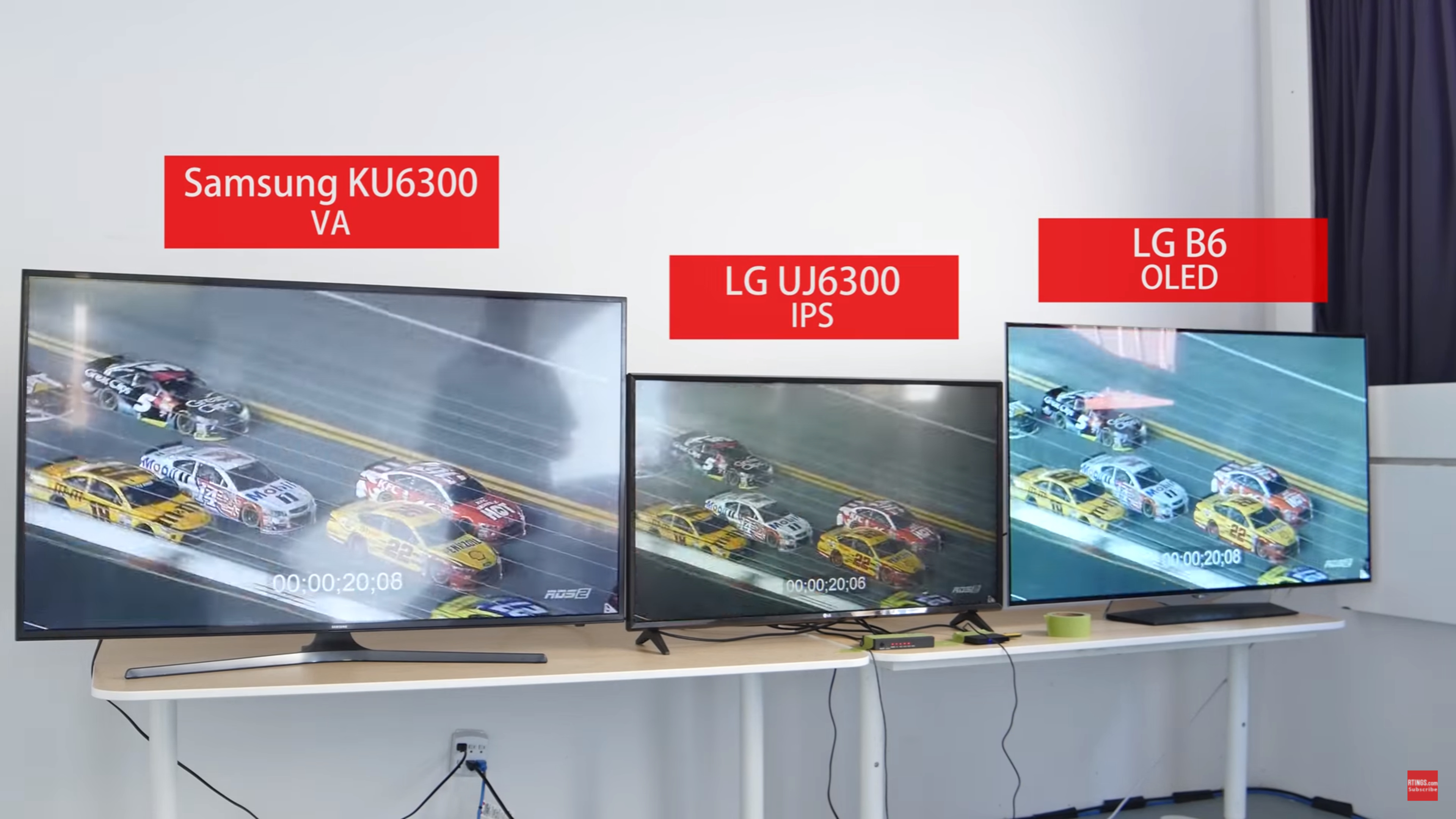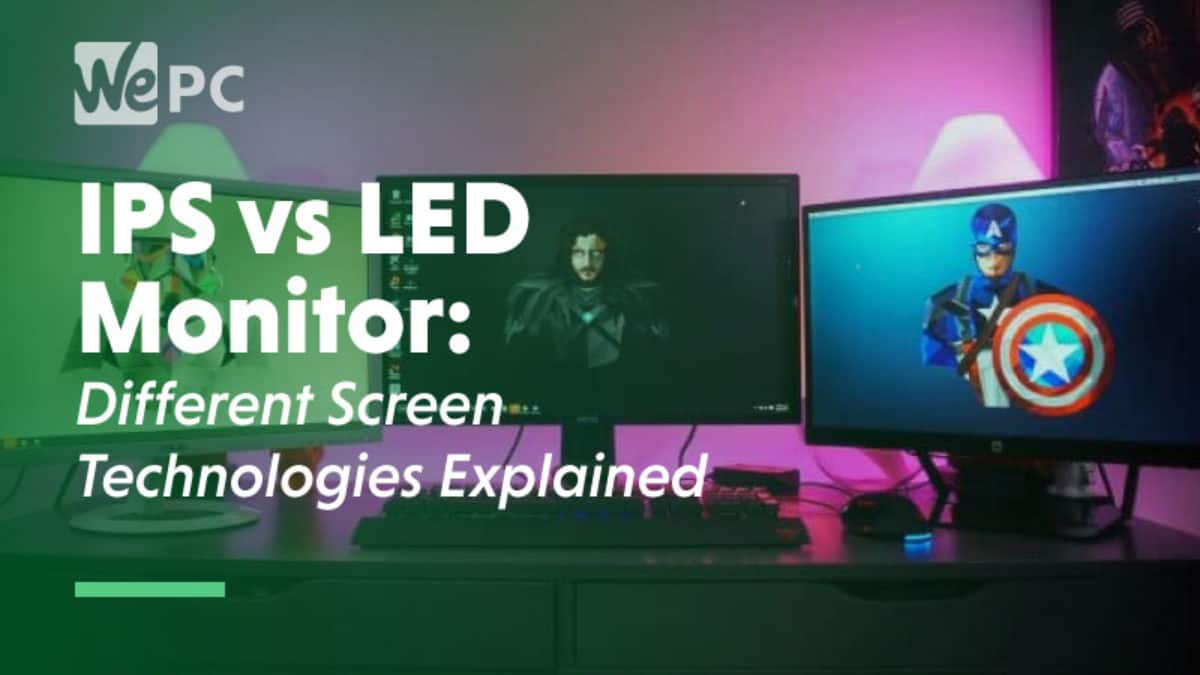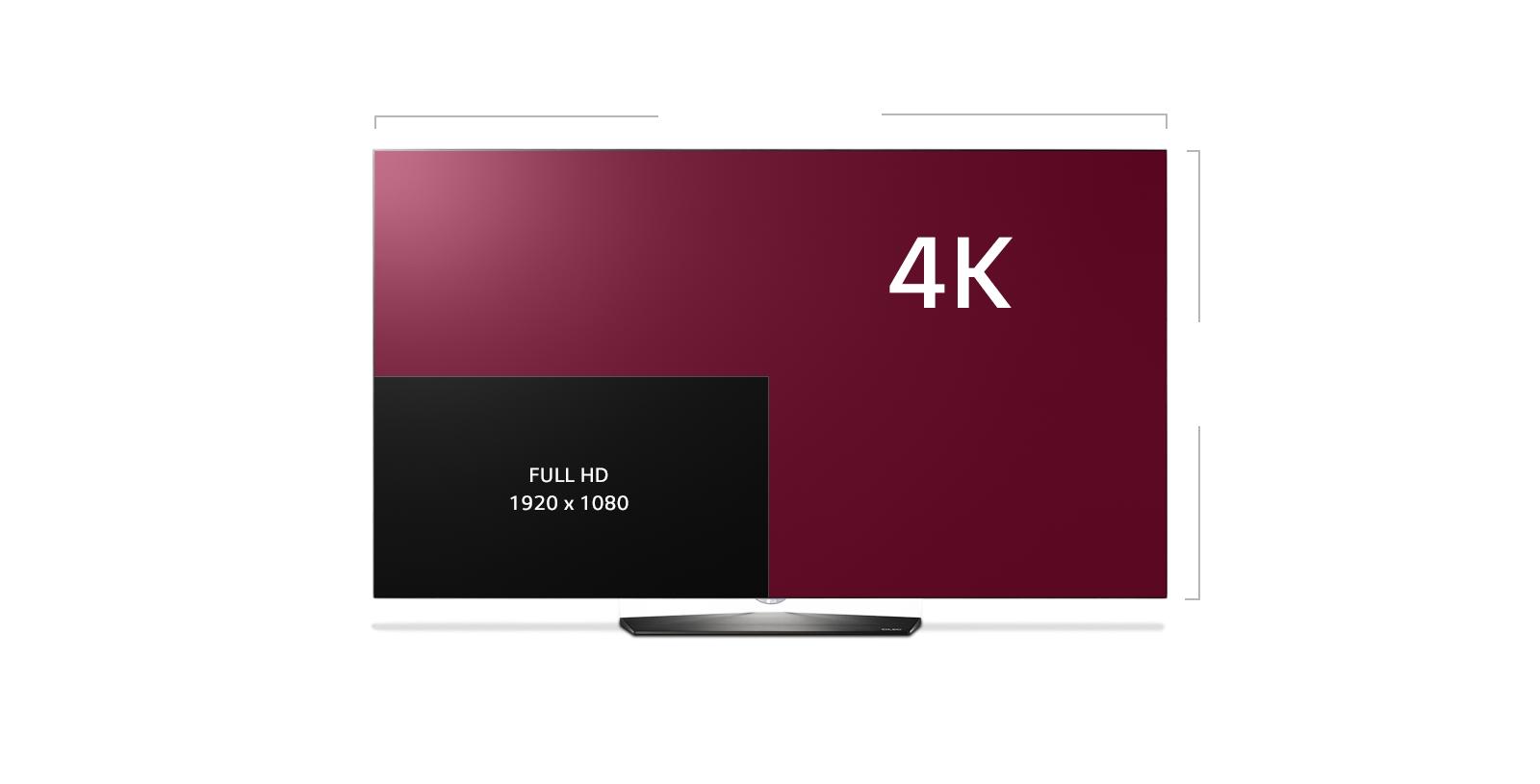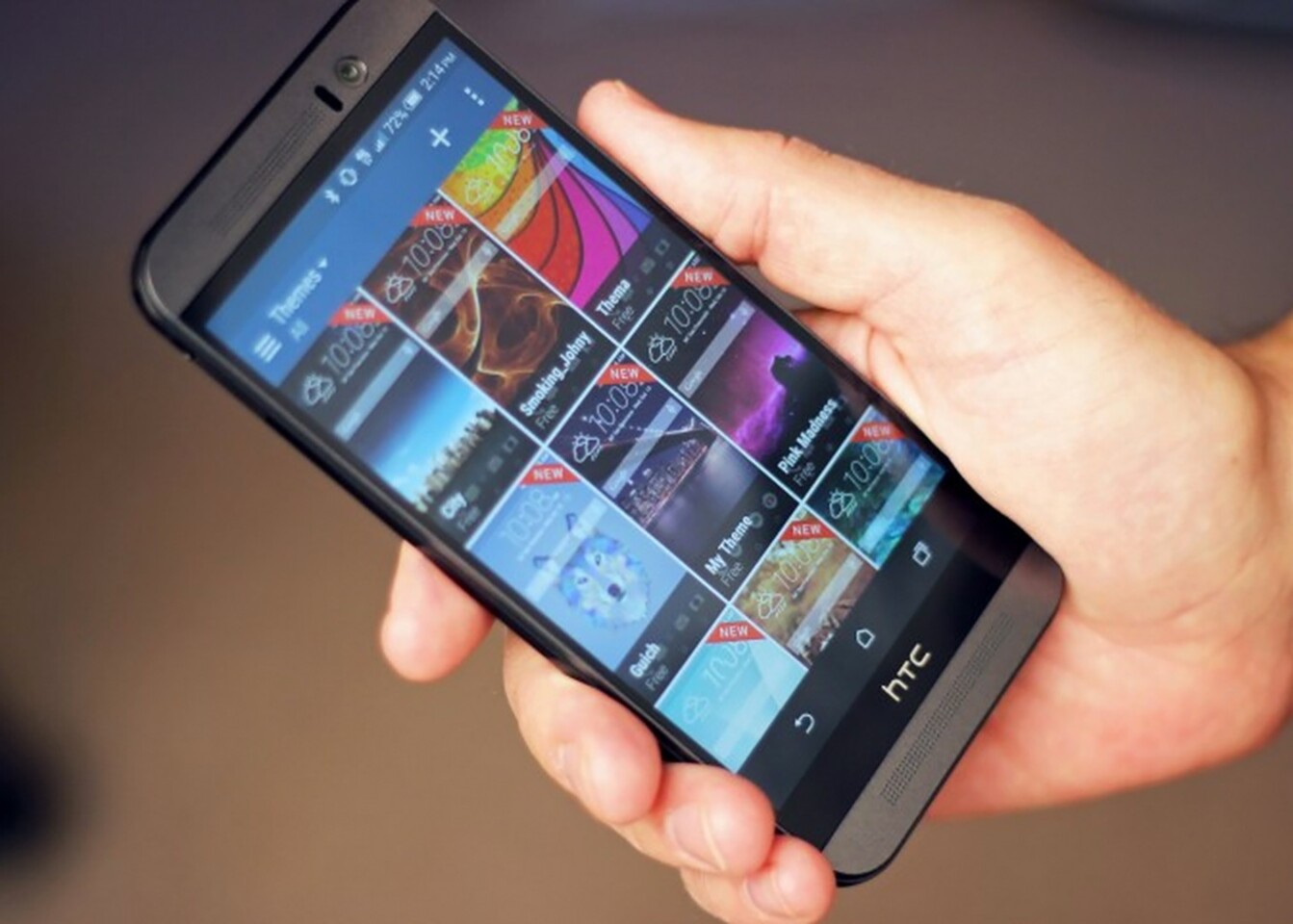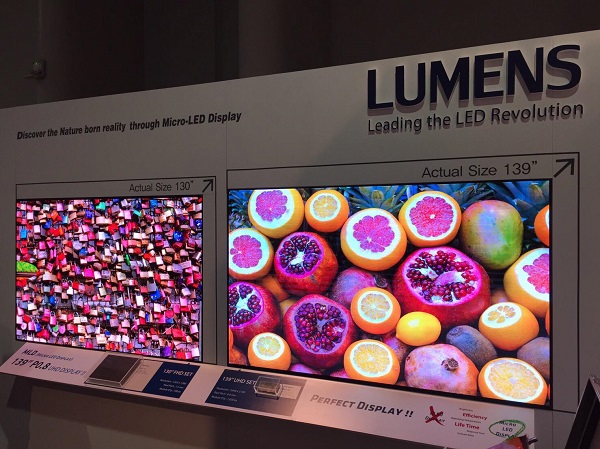Ips Screen Vs Oled
Ips displays are currently the better choice if the laptop is to be used for gambling at over 60 hz.
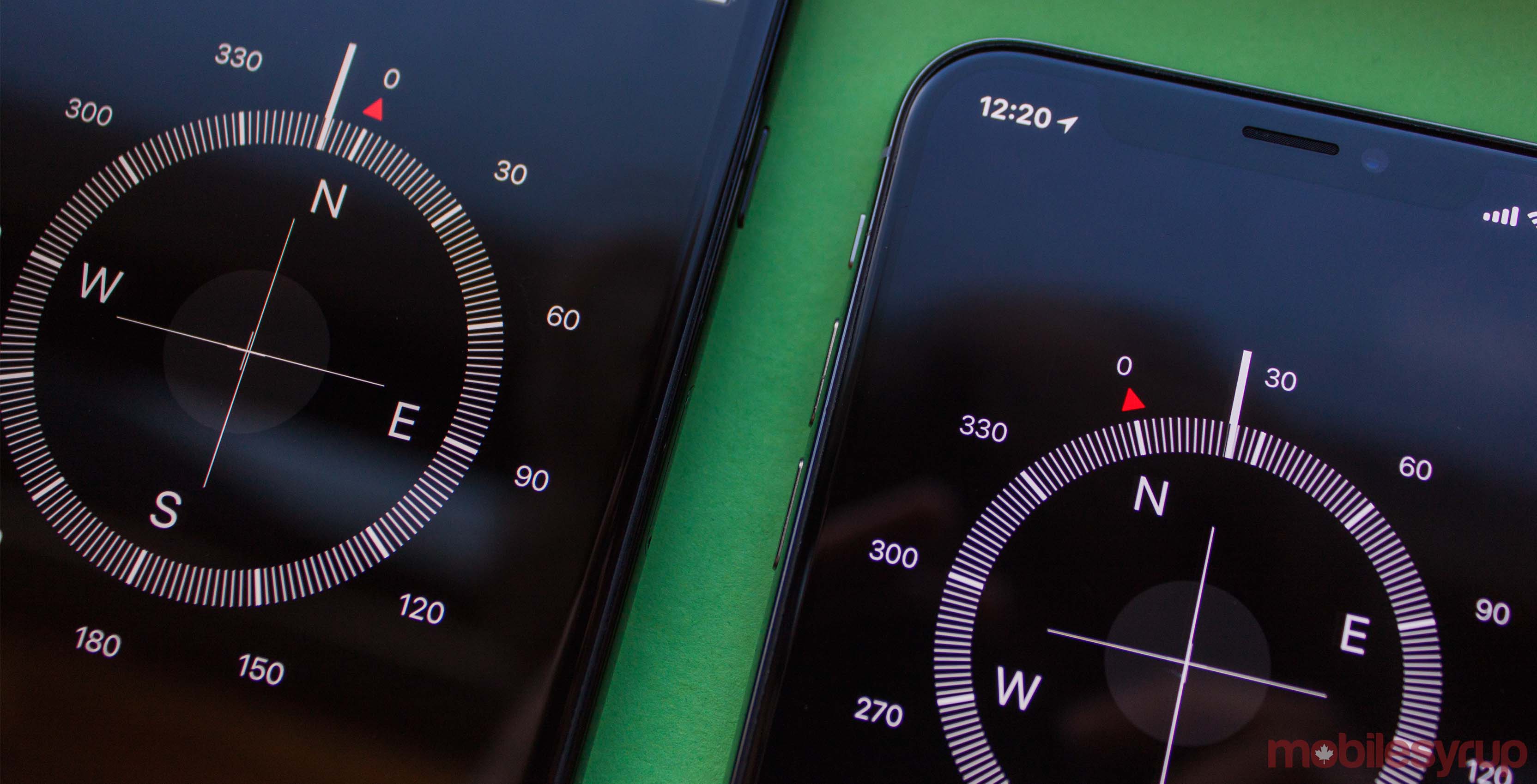
Ips screen vs oled. Finally the oled panels are still limited to 60 hz while there are already 240 hz ips displays for notebooks. Maximum brightness is limited expensive to produce screen burn in is possible aging behavior. Moreover oled displays cant be as bright as some high end ips and va panels.
As always there are drawbacks in this case there are four potential issues with oled displays. Although many monitors and tvs are referred to as different names like led ips va tn or qled many are variations of lcd panels. Both ips and oled panels have their advantages and disadvantages.
The contrast ratio of the oled is higher because the blacks emerge in the absence of light whereas the blacks are typically based on light blockage in an ips lcd. There are other types such as tn and mva which tend to used for tvs but phones really only use ips lcd screens. While oled panels produce true blacks and have an immediate response time you have to look out for image burn in and retention.
Ips stands for in plane switching and is one type of lcd screen. However the specific technology such as the colour of backlighting and alignment of pixels dictates the picture quality. Oled vs ips lcd is better in display quality.
Https Encrypted Tbn0 Gstatic Com Images Q Tbn 3aand9gcrc45mzbead3h6julv9roaq0na 3dhaa7kdgb6y0yoseykcuqj Usqp Cau
encrypted-tbn0.gstatic.com


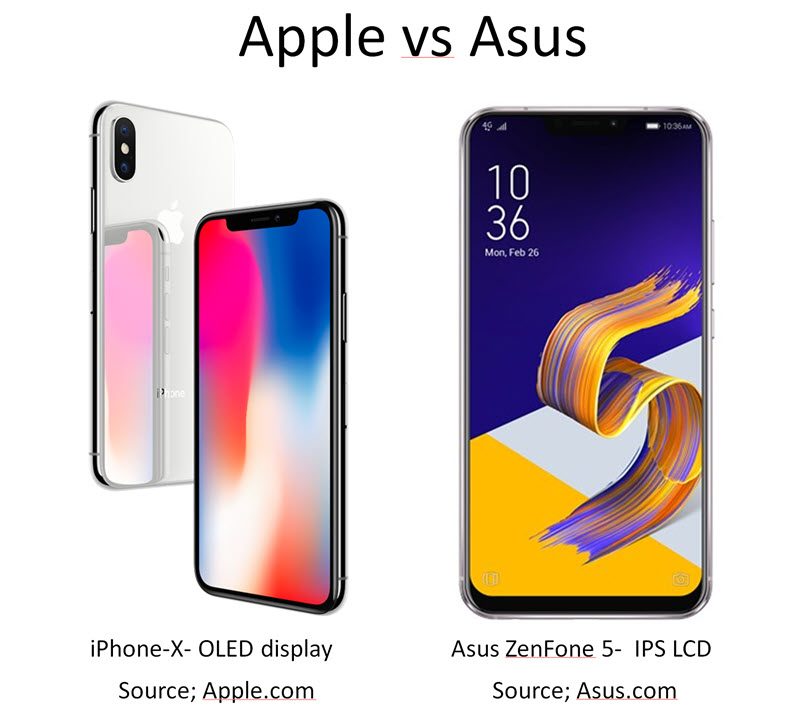





/AMOLED-975451056-a78e63853020468d97d2b5d19d2d9e3d-6b76a0af45c8492c811cd88e97dea36a.jpg)
